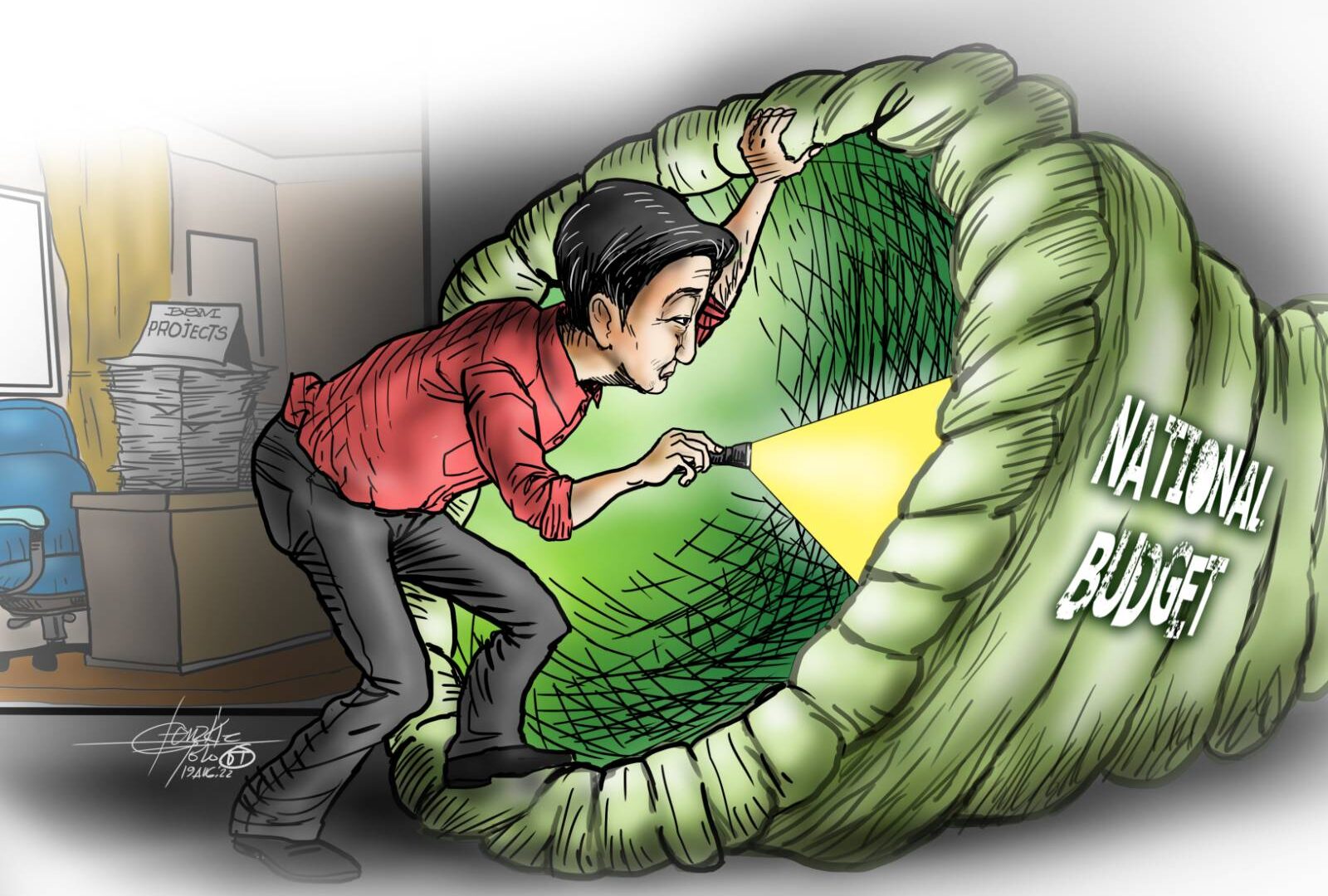Good as it was to hear about then-incoming President Ferdinand “Bongbong” Marcos Jr. “hitting the ground running,” it was simply not enough to reassure old guards that there would be solid results.
Months before BBM formally took on the reins as 17th President of the Philippines, a veteran solon from Albay raised the matter of budget, and how the new administration may have to cope with depleted coffers.
According to Rep. Edcel Lagman in a broadsheet report, the Duterte administration had “already disbursed 90 percent” of the 2022 budget so there was “nothing more” to be realigned in the 2022 national budget.
This is why the need for speed seems uppermost in the minds of our lawmakers at this time.
The House of Representatives has declared its intentions to pass the proposed 2023 budget “in less than 30 working days” — starting from submission of National Expenditure Program to Congress on 22 August, to briefing of legislators by the Department of Budget Management on 26 August, to many more budget briefings days later.
It’s usually a long, sometimes excruciating process for certain departments of government, but the budget plenary debates are always foddered for news. This year, budget discussions are set to begin on 22 August, and if the House Appropriations panel wants the budget briefings with different agencies wrapped up before the House goes on recess on 30 September, then they have to work fast.
The 2022 budget (P5.024 trillion) benefited local government units the most, with President Duterte signing Executive Order 138 in June 2021, which transfers several basic services, worth about P234.4 billion, to LGUs by 2024.
For 2023, the National Expenditure Program is pegged at P5.268 trillion, “the highest proposal submitted to date” and is targeted to bring about “broad-based and inclusive economic recovery and growth,” the DBM said.
A focus on the President’s priority programs and projects is, of course, expected. These cover infrastructure, education, health, social safety nets, and agriculture, DBM Secretary Amenah F. Pangandaman earlier said.
Among the projects that the Marcos administration will continue from the Duterte administration is the “Build, Build, Build” program that it has re-tagged as “Build, Better, More,” as mentioned in his first State of the Nation Address.
Education remains a top priority for both administrations. In 2022, the Department of Education, Commission on Higher Education, Technical Education and Skills Development Authority, and State Universities and Colleges received P788.5 billion, while this time, the proposed budget allots the sector P800 billion.
Massive reforms seem to be for the sector, as mentioned once more in the SoNA. President Marcos deplored the quality of education today, where Filipino students are mostly unable to meet the minimum levels of proficiency. This has been aggravated by the effect of the Covid-19 pandemic on education, where online classes had proven deficient in several aspects. A review of the K-12 program is also already in progress.
All these priorities are hinged on a robust economy, and for this reason, lawmakers are determined to approve the budget as quickly as possible. Swift is advisable, indeed, but sloppy is not acceptable.
